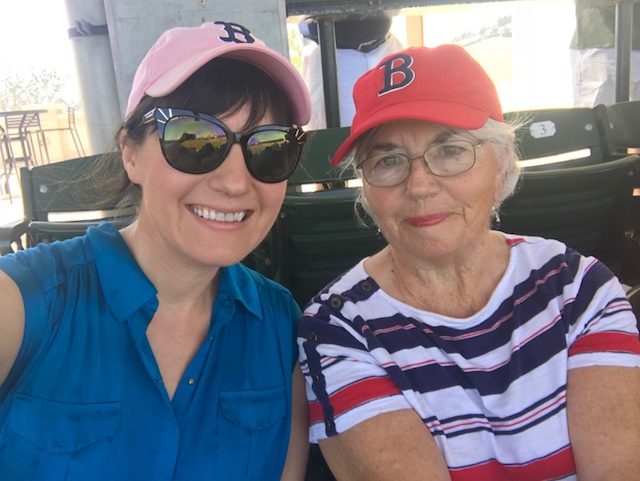Speaking at the Sweet Dreams and Nightmares Sleep Symposium in Tallahassee
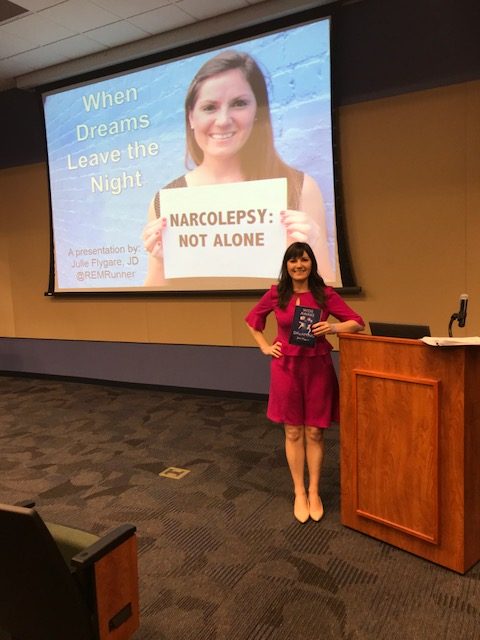
Last month, I had the honor of giving two presentations to allied health care professionals including physicians, nurse practitioners, respiratory therapists, social work experts, and sleep technologists at the Sweet Dreams & Nightmares Sleep Symposium presented by Tallahassee Memorial Healthcare and the Florida Medical Association.
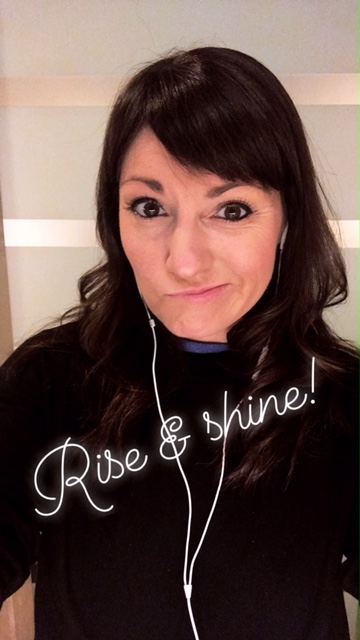
With the west coast to east coast time change, the conference start time felt really early to me, but I’m fairly used to this with my travels and I like to believe that my nighttime medication regime somewhat helps me adjust to time changes. Plus, I was mentally prepared for this and got myself going with some good tunes in the morning. Approaching the Tallahassee Memorial Hospital on our way to the symposium, the sunrise was really pretty!
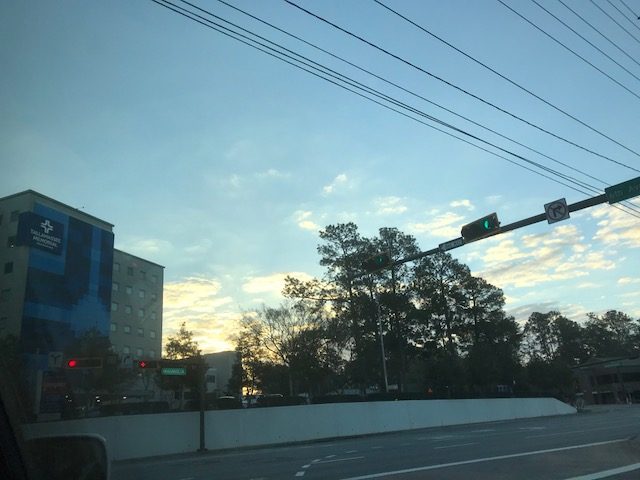
For my first presentation, I shared my personal journey with narcolepsy to educate the audience on narcolepsy symptom development from a firsthand patient perspective, adjusting to treatments and life-style changes, the psychological effects of living with an invisible chronic condition, and finding psychological and social support to succeed with narcolepsy.
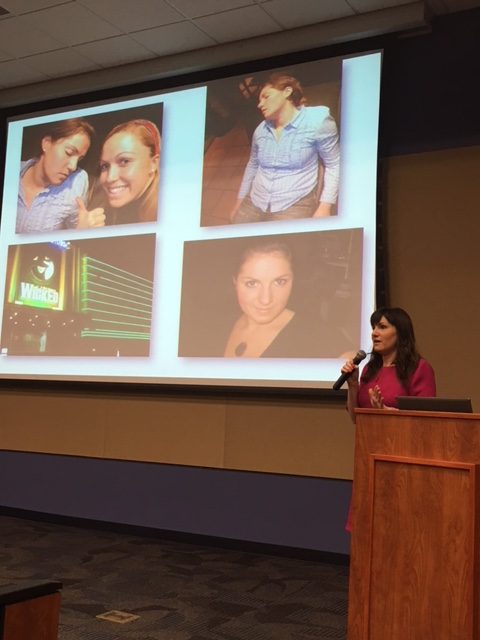
As always, this was a very moving experience, and for whatever reason, I was a little more emotional than usual, but I believe it was well received. There were two really special moments right after this presentation:
One audience member approached me to explain that she was actually the grandmother of a woman with narcolepsy. She had been following my blog for years and had seen a flyer for the symposium which listed me as a speaker and so she’d came to hear me speak! This was SO extremely special.
Also, while in the lobby signing books, the conference videographer approached me and said: “I’ve been involved in interviewing people for leadership positions and leadership development for over 30 years, and I’ve found that earlier in people’s careers, they are looking for success. And as people get older, they start looking for significance…. What you are doing is significant and you must keep doing it.”
His eyes had that light glaze of tears and quickly mine did too. How incredibly lucky I am to do something that I love AND that makes a meaningful impact for others.
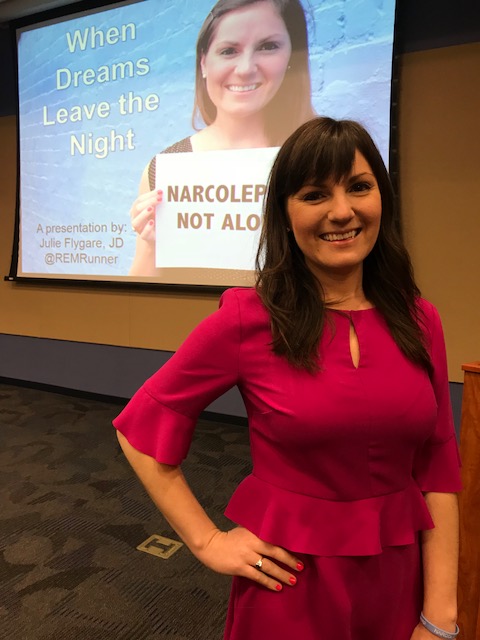
After a short break, I gave my second presentation “Succeeding in School and in the Workplace with Narcolepsy” sharing the basic legal framework for considering narcolepsy and other sleep disorders as disabilities under the ADA, the school and work accommodations processes and how clinicians can best support people with narcolepsy going through these processes.
One of the best parts of this conference was getting to hear two totally fascinating presentations by Carlos Schenck, M.D. – a world-leading expert on REM Sleep Behavior Disorder (RBD) and parasomnias. Dr. Schenck was an incredible presenter for a few reasons, I learned so much from his presentations, he was so informative, engaging and clearly working himself on the cutting-edge of our understanding of RBD and parasomnias.
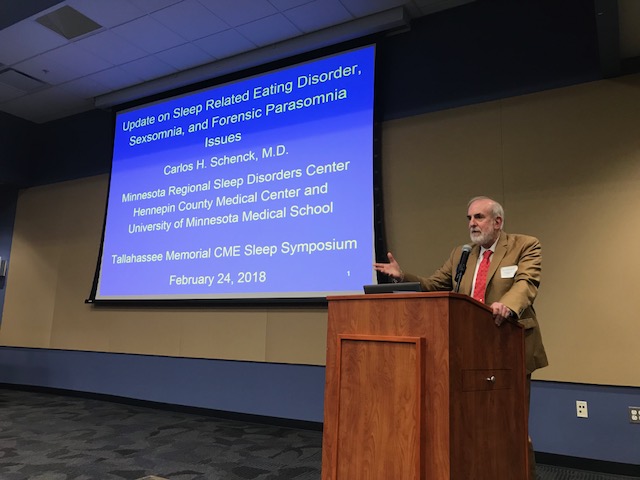
But perhaps what struck me most about Dr. Schenck’s presentations was his humanity. I’ve seen many clinicians and scientists present on RBD and parasomnias and so when I heard that these were Dr. Schenck’s topics, I braced myself. Previously, I’ve found presentations on these topics to be physically uncomfortable to sit through – as I’ve felt like that these topics can become somewhat of a circus freak show with audience members gasping and laughing out loud at the videos of people acting out their dreams or at stories of individuals doing really scary inappropriate things in their sleep.
Sure, I understand there is something “entertaining” about all this, perhaps in the same way that we all turn to look at car crashes… It’s human nature. But, I’ve often felt like the presenter can help set a tone for how an audience interprets – and Dr. Schenck’s presentation was different from the rest. He was engaging and excited in presenting the incredible scientific development, but when it came to watching the videos and sharing some of the intense case studies, I never felt like Dr. Schenck or the audience lost sight of the fact that these were real people we were talking about.
In addition, I really enjoyed Joyce Dwyer, ARNP‘s presentation on dreams. Did you know that the eyes of most birds (unlike in humans) send information to only one side of the brain. Unihemispheric slow-wave sleep allows birds to slide one hemisphere of their brain into a deep sleep while leaving the other hemisphere awake and alert. Birds can turn their one-sided deep sleep on and off depending on how safe their roost is: For example, when a large flock of ducks is roosting on an open lake, the birds in the safety of the center of the flock may shut down completely, while the more vulnerable birds at the edge of the flock may enter one-sided deep sleep to stay alert. FASCINATING, RIGHT?!
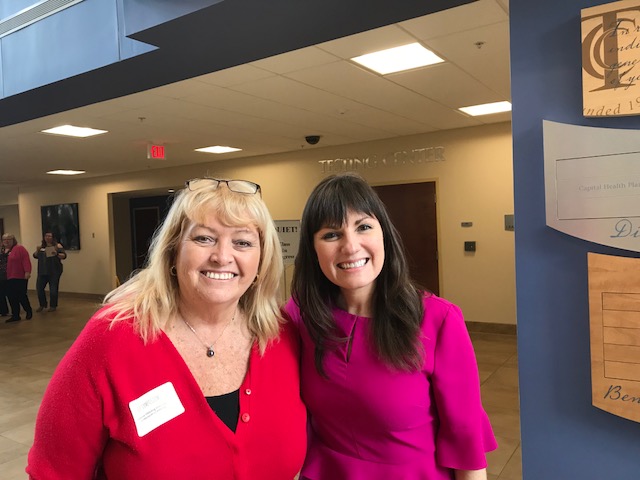
Another amazing part of this weekend was getting to spend time with the conference organizers Joanne Hebding and Dr. David Huang and the other presenters. The group of us came together for dinner both on Friday and Saturday night, which made for two really wonderful evenings of getting to know my fellow sleep advocates and quickly feeling like family.
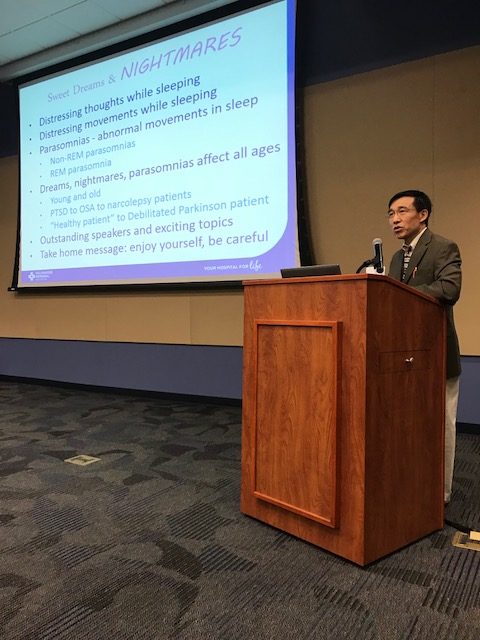
Thank you so much to Joanne and Dr. Huang for inviting me to participate in this unforgettable event. I’m forever grateful! By Saturday night after dinner, I was majorly out of spoons. When I finally laid down, I thought back through the day and the videorapher’s words came back to me. I shared on Instagram: “The intense joy and gratitude I feel sometimes overwhelms me and I cry… Today was one of those days.” Then I closed my eyes and slept for a good 11 hours.
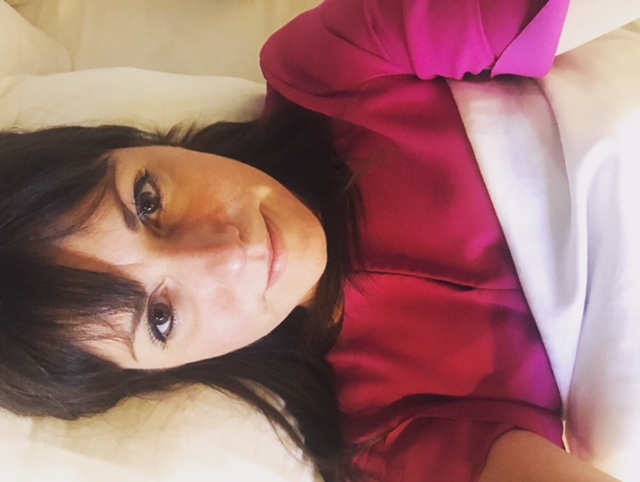
On Sunday morning, I set off to visit my mom in Sarasota, FL. While it was just over 300 miles from Tallahassee to Sarasota, much to my dismay, there were NO cheap direct flights between the two cities. To fly, I would’ve had to pay over $500 and transfer twice… TWICE!! So, I did something I rarely do, I decided to rent a car and drive the 5 hours myself. That’s a lot of driving in one day for me, but I timed my wakefulness, meds, eating, etc. to maximize my wakefulness. I paid close attention to how I was feeling and stopped off to nap once in a shopping plaza parking lot.
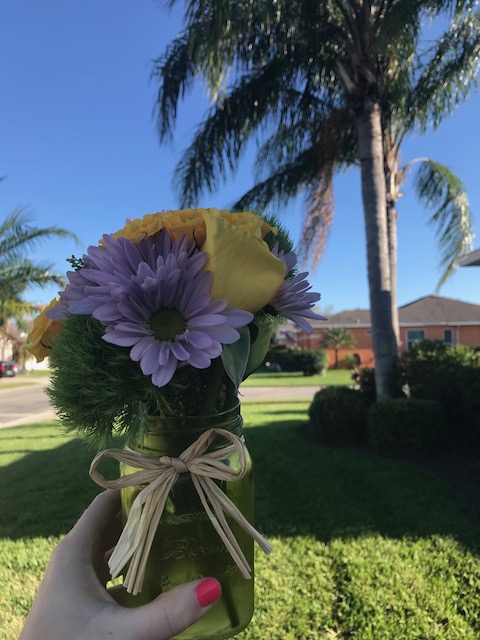
Arriving in good time to Sarasota, I was so excited to hand-deliver a belated Valentine’s bouquet to my mom. While I still worked every day during my time in Sarasota (helping advocates secure their Representatives’ signatures on an important letter to NIH regarding narcolepsy research!), my mom and I did go to a super fun spring training game (two red sox fans at an Baltimore versus Detroit game) and ate lots of key lime pie! It was a wonderful trip.
